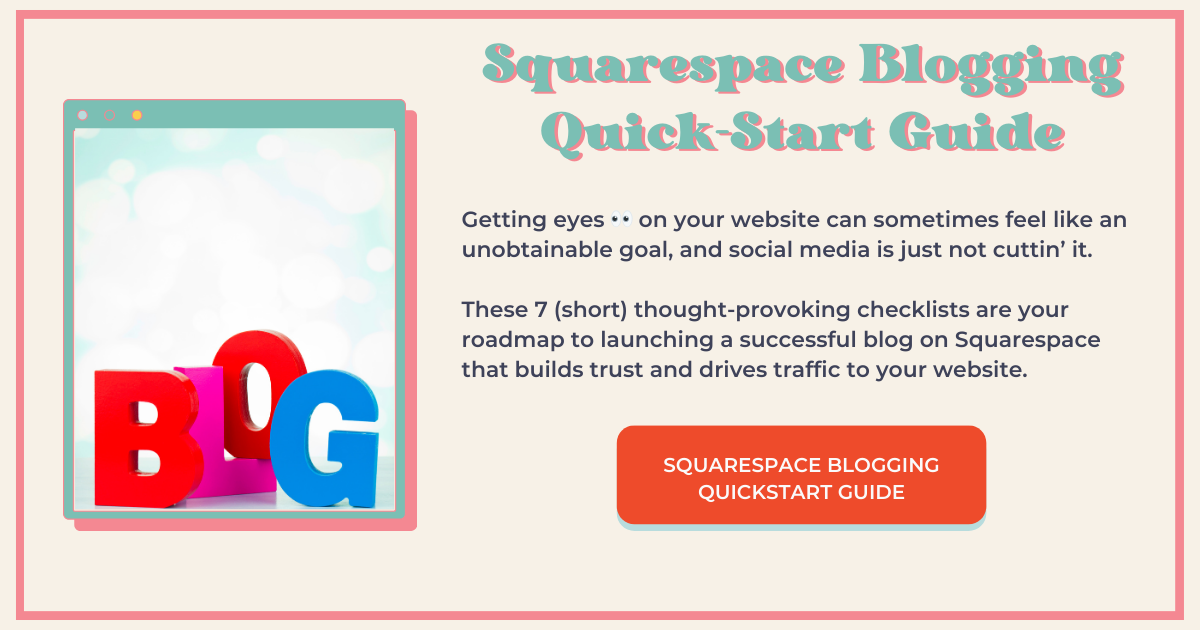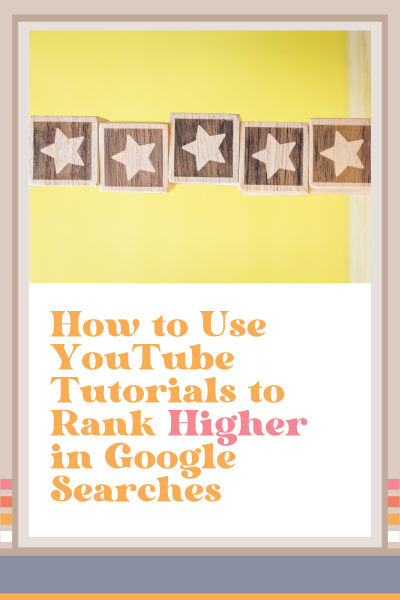How to Use YouTube Tutorials to Rank Higher in Google Searches
Here’s a little secret most creators aren’t taking advantage of: YouTube tutorials rank high in Google searches—and they skip right over those AI-generated summaries and featured snippets.
Yep, while your written content is getting scooped up, rewritten, or buried in AI answers, your YouTube videos are sitting pretty at the top of the results, clean and clickable.
That’s a big deal.
In this post, we’re breaking down why YouTube tutorials are a smart SEO strategy in 2025, how they help you bypass the AI clutter, and how to set your videos up for success in Google Search.
Why YouTube Tutorials Still Win in Search
Let’s start with the obvious question: why is this working so well right now?
Because Google doesn’t rewrite YouTube videos.
When you publish a blog post, Google AI might summarize it or pull a snippet into its new AI-generated answer box. That means people often don’t click through—they read the summary and move on.
But YouTube?
Google shows those links as-is. The AI doesn't paraphrase your video or scrape the content. It gives you a direct link with a big, juicy thumbnail, and people click.
So if you create a tutorial that answers a common “how to” query—like “how to connect Google Search Console to Squarespace”—your video has a real shot at showing up above the fold, above blog posts and AI snippets.
And if it’s helpful and engaging? They’ll watch—and maybe even subscribe.
FAQ
Q1: Does Google prioritize YouTube videos in search results?
A1: Not always, but for tutorial-based queries, yes—especially when the video is clearly titled, well-optimized, and relevant to the question being asked.
Q2: Can AI summarize video content in the future?
A2: It might try, but as of now, Google AI Search links directly to the original YouTube source without repackaging it in the snippet.
The Click-Through Advantage: Real Estate That Works
Let’s talk about what matters most: getting the click.
In standard search results, especially with AI overlays and featured snippets, your blog might appear... but not actually get clicked. The summary is often enough for the user, and they never make it to your site.
But with YouTube tutorials, Google gives you:
A thumbnail
A timestamp (if you optimize your video properly)
A direct, branded link to your channel
This means more visibility, better branding, and actual traffic you control.
It’s like skipping the line and getting front-row placement on the results page—without fighting the snippet wars.
FAQ
Q1: Are YouTube links more likely to be clicked than text snippets?
A1: In many cases, yes—especially when they include a thumbnail and appear above traditional blog posts.
Q2: Can I track clicks from Google to my YouTube video?
A2: Sort of. While YouTube doesn’t break down traffic sources as clearly as Google Analytics does for websites, you can see traffic from “external” and “YouTube search” in YouTube Studio to get an idea.
How to Optimize Your YouTube Tutorials for Google SEO
Alright, let’s get tactical. Here’s how to make sure your tutorials show up in Google Search:
1. Target Real Search Phrases
Use a keyword research tools like SEOSpace to find common tutorial-based searches. Start your video title with “How to…” or “Tutorial:” and make sure it mirrors the actual search.
2. Use Keywords in Your Video File Name
Before uploading, rename your video file to match your keyword. Example: how-to-setup-google-analytics.mp4
3. Write a Solid Video Description
Don’t overthink it. Just describe what the video covers in a natural way.
Start with a short summary (1–2 sentences max). Then add a few helpful details like tools mentioned, links to related content, or steps viewers can follow.
Make sure to include your target keyword once or twice—naturally.
If it feels forced, leave it out. Clarity beats stuffing every time.
4. Add Chapters/Timestamps If Your Video Is 5 Minutes or Longer
If your video runs 5 minutes or more, add timestamps in your description to break it into steps.
This not only improves usability on YouTube but also helps Google understand what your video covers.
It helps viewers find what they need faster—and Google loves the structure.
Shorter video? You can skip this. No need to overcomplicate a 2-minute walkthrough.
5. Upload a Custom Thumbnail
Create a clear, engaging thumbnail with readable text. This is what draws attention in the search results.
FAQ
Q: Should I speak my keywords in the video?
A: Yes. YouTube’s transcription tools pick up on what you say, and that can help your video show up in search.
Q: What’s the ideal video length?
A: Around 5–10 minutes for most tutorials. If your topic needs more time, use chapters so viewers can skip to the part they need.
Extra Boost: Combine YouTube with a Blog Post
Want to really make your content work? Create a matching blog post and embed your video in it.
This gives you:
Two ways to rank (video + blog)
A better on-page experience
More time-on-site, which helps SEO
Cross-platform visibility
And let’s be honest—some people like reading, others prefer watching. Give them both.
FAQ
Q: Does embedding a YouTube video help with SEO?
A: Yes. Embedding video on your site adds visual content, keeps users engaged longer, and improves the overall quality of your page in Google’s eyes.
Q: Can I repurpose old blog content into YouTube tutorials?
A: Absolutely. Turning high-performing blog posts into video is one of the easiest ways to get more mileage out of your existing content and tap into video search traffic.
Final Thoughts: Be Where the Clicks Are
Search is changing fast—but one thing hasn’t changed: people want clear, helpful answers.
YouTube tutorials let you meet that need while bypassing the AI summaries that are now taking over the top of the search page. And because videos aren’t getting rewritten, you keep control of your content and your traffic.
So if you’re serious about showing up in Google—and actually getting clicked—YouTube tutorials should be a go-to part of your SEO strategy in 2025.
This page contains affiliate links
Like this post?










